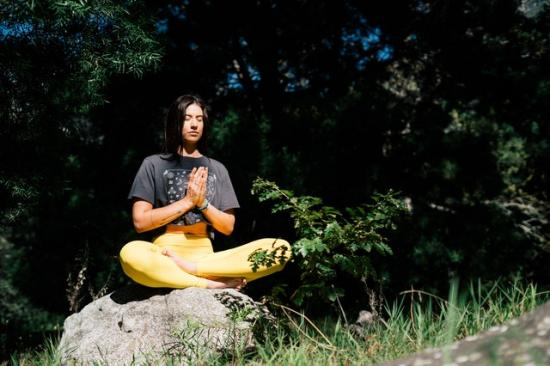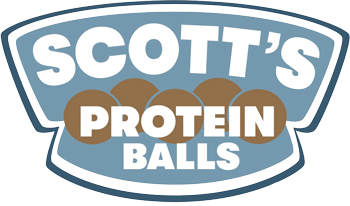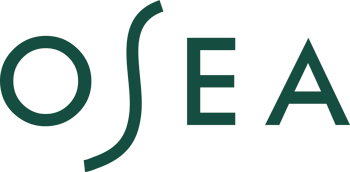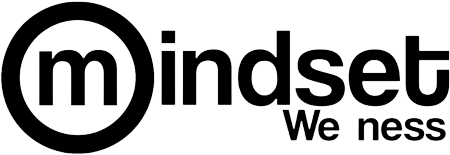
COVID-19 Perspective
The last couple of days have been hard.
My heart is heavy as I look at the data and understand what it is telling us. We are in for a very rough ride.
While I’m encouraged that we’ve been able to start flattening the curve in some states (e.g., California, Washington, Utah, Colorado), the number of deaths from COVID-19 nationally is still doubling at an alarming rate—every 2.7 days (as of April 1).
At that rate, this means 100,000 deaths by April 12 (Easter), and 200,000 deaths by April 15, if we don’t take further action before then.
To put this in perspective, 415,000 Americans died over a six-year period during World War II.
At that time, the federal government mobilized our entire population to support the war effort. So why haven’t we seen a similar response from the federal government on COVID-19? Why are states like Florida and Texas, which are seeing dramatic rises in cases, being left to make decisions about social distancing and quarantine on their own?
If there was ever a time when we needed effective leadership on a federal level, this is it. Unfortunately, that’s not what we’re getting.
Pre-existing conditions and COVID-19 severity
New data from the Centers for Disease Control and Prevention confirm that both pre-existing health conditions and age are independently associated with COVID-19 severity. A few notable highlights from the report:
- Among those ages 19 to 64 with pre-existing conditions,18 to 20 percent were hospitalized. Among those without conditions, approximately 6 percent were hospitalized.
- Only 17 to 18 percent of people over age 65 without pre-existing conditions were hospitalized. Of people over age 65 with a pre-existing condition, 42 to 44 percent were hospitalized.
- This suggests that people under age 65 with a pre-existing condition had about the same risk of being hospitalized as people over 65 without a pre-existing condition. It also suggests that having a pre-existing condition at any age doubles or triples your risk of being hospitalized.
What qualifies as a pre-existing condition or risk factor?
- Chronic lung disease
- Diabetes
- Cardiovascular disease
- Chronic renal disease
- Chronic liver disease
- Being immunocompromised
- Neurological disorder
- Neurodevelopmental or intellectual disability
- Pregnancy
- Smoking
This is terrifying. One in three Americans has prediabetes or diabetes. Almost half of U.S. adults have hypertension. Fifteen percent of Americans have chronic kidney disease.
It’s likely that COVID-19 will hit the United States even harder than other countries because of this. The only possible silver lining here is that COVID-19 may serve as a wake-up call to individuals, government, and public health policy makers that we desperately need to shift from our “disease-management, sick-care” paradigm to one that can actually prevent and reverse chronic disease. Our very lives depend on it.
If you have symptoms of COVID-19, assume that you have it (test or no test)
Testing is still not widely available, and the tests that we do have aren’t that accurate. Some research suggests that the false-negative rate may be as high as 30 percent. The takeaway is that we’re dramatically underestimating the number of people that have been infected—and are infectious. If you have signs or symptoms of COVID-19, you should assume that you are infected and can spread the virus, and take steps accordingly.
Okay … that’s a lot of not so good news. As I’ve been saying these past few weeks, we need to be honest and clear-headed about what’s happening, while making sure to balance that realism by spending time exploring the bright spots, upsides, and opportunities COVID-19 presents.
Along those lines:
Crisis brings us together and makes us more cooperative
A common myth is that crisis makes humans more selfish and hostile. But as Jason Kottke points out in a great recent article, a large body of evidence suggests that we become more cooperative and pro-social during challenging times. He shares a quote from Rebecca Solnit’s book, A Paradise Built in Hell: The Extraordinary Communities That Arise in Disaster:
“It’s like a reset, when you turn the machine on and off and on again, that our basic default setting is generous and communitarian and altruistic. But what’s shocking is the incredible joy people often seem to have, when they describe that sense of purpose, connection, community agency they found. It speaks to how deeply we desire something we mostly don’t have in everyday life. That’s a kind of social, public love and power, above and beyond the private life.”
I highly recommend reading Jason’s article and listening to Rebecca’s interview on CBC and her episode on On Being.
The power of music reduces stress and gives us hope
Numerous studies have shown that music can slow our pulse and heart rate, lower blood pressure, and decrease the levels of cortisol and other stress hormones. It can also lift our mood, inspire us, and give us hope.
Music is highly individual, and I’m sure you all have your favorite genres and artists. This is just a gentle reminder to make music an even bigger part of your life than it normally would be right now. It can really help.
Here are a few suggestions:
- Make a few playlists with music that lightens your mood, inspires you, or gives you hope. I have a playlist in Spotify that I call “Mood Boost” that I’ve been listening to regularly.
- Apple Music just released a few new COVID-19-specific playlists. Check them out.
- Share your playlists from Spotify or Apple Music with your friends, and ask them to share theirs with you.
- Listen to music while you work.
- Have a dance/music listening party with your family or those you’re sheltering in place with.
I’m listening to a lot of different genres right now. But I am playing and singing along with one song from Adam Bauer called “Overcome” a lot. It’s his version of the gospel song “We Shall Overcome,” and it feels just right for this moment.
____
Chris Kresser held a live webinar on March 24, 2020, to focus on tools and resources we all can use to build these skills and manage stress in difficult times. Click here to read the transcript, watch the replay, and focus on mindfulness, exercise, pleasure, connection, and being of service to others.







